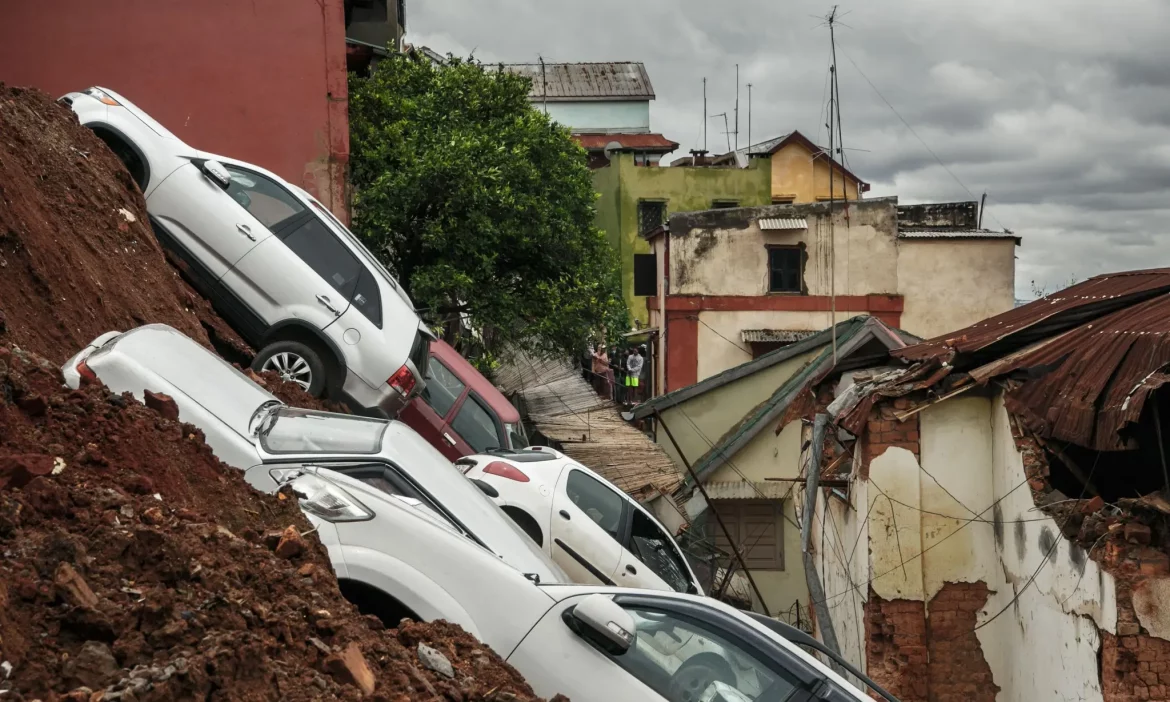At least 88 people across Southern Africa have been confirmed killed and thousands of households displaced by tropical Storm Ana that left trails of destruction in its wake.
While recovery operations are still ongoing across Madagascar, Mozambique and Malawi, the countries hit by the latest storm, another storm threatened more severe weather.
Several parts of Africa have battled destructive floods over the past year as they deal with the twin issues of prolonged drought and an increase in the intensity of rainfall, which creates prime flooding conditions.
As the Earth continues to warm because of human-induced climate changes, the whole continent is projected to experience a greater frequency of heavy rain, according to the Intergovernmental Panel for Climate Change’s latest report which also showed that Southern Africa is particularly vulnerable to drought in a warmer climate.
According to reports, storm Ana passed over Madagascar on January 22, adding to days of already intense rainfall. The country declared a state of disaster on Thursday night, reporting a rise in the death toll from Ana to 48, with people killed by landslides and collapsing buildings or washed away.
Read also: Husk to launch solar mini-grid expansion in Nigeria
Afterwards, Ana made landfall in Mozambique on January 24, where 20 were reported dead, before moving inland to Malawi, where it triggered massive power cuts. Reports show that Malawi’s death toll rose to 20 on Thursday, January 27.
The United Nations reports that across all three nations, Ana has affected hundreds of thousands of people and led to widespread flooding and destruction.
UNICEF Representative in Mozambique, Maria Luisa Fornara was quoted as saying “This latest storm…is a blunt reminder that the climate crisis is very much a reality”.
She explained that the region has been repeatedly struck by severe storms and cyclones in recent years, destroying homes, infrastructure and crops and displacing large numbers of people.
She added that In some cases, communities still recovering are hit again, compounding the impact.
While experts say storms are becoming stronger and more frequent as waters warm due to climate change, with rising sea levels also making low-lying coastal areas vulnerable, a spokeswoman for the World Food Programme said that agricultural land, key infrastructure and houses have been damaged, while lives and livelihoods have been lost.
Another storm, dubbed Batsirai, is now travelling towards Africa’s east coast. Batsirai is described as a small system that presented no immediate threat to a group of islands to the east of Madagascar, including the French territory of Reunion.
